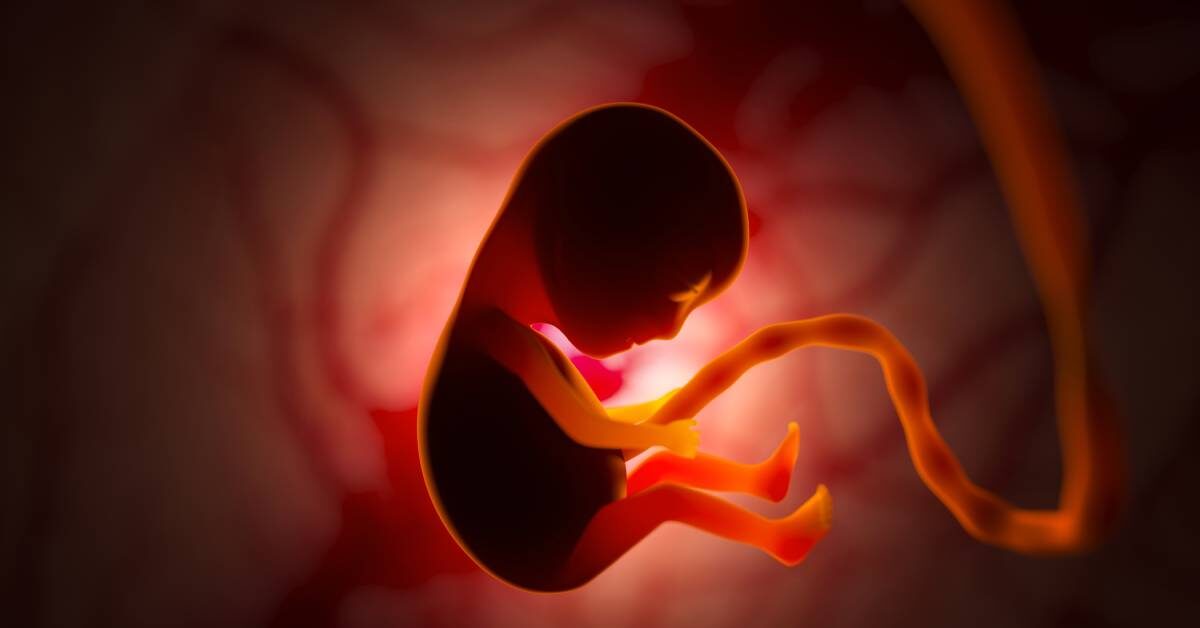Everyone knows what the umbilical cord is, but few people fully understand its anatomy and function. If you’re a pregnant Black woman, it’s important to be familiar with what’s going on in your body during pregnancy. This will help you feel connected to the amazing process unfolding in your tummy and have productive, informed conversations with your healthcare providers. Read on to discover some potentially unexpected facts about umbilical cords.
The Cord Contains Vessels
Your baby’s umbilical cord isn’t just a random tube; it’s a supply system with three vessels. These include two arteries that carry waste and carbon dioxide away from the baby and one vein that brings oxygen and nutrients to them.
The Cord Has the Texture of Squid
The umbilical cord has a texture that’s often compared to squid by people who have cut one. That’s because it’s covered in something called Wharton’s jelly, which is slippery, firm, and gelatinous. This jelly’s job is to protect the cord’s blood vessels.
The Cord Contains Stem Cells
Umbilical cords house a treasure trove of stem cells. These cells are unique because they can develop into many different types of tissue, which means they’re incredibly valuable for medical research and treatments.
Some parents even choose to preserve their baby’s cord blood for potential future therapies.
A Nuchal Cord Is Typically Harmless
A nuchal cord is an umbilical cord that becomes wrapped around a baby’s neck during delivery or pregnancy. This sounds scary, and it can be a cause of birth injuries. However, it’s usually harmless. Moreover, doctors and midwives are trained to handle a nuchal cord during delivery, so most babies born with one have no complications whatsoever.
The Cord Shouldn’t Be Cut Right Away
Did you know that waiting a few minutes to cut the umbilical cord after birth can be beneficial? If doctors use tools to clamp the umbilical cord immediately after delivery, your baby could be deprived of some iron and oxygen. Delayed cord clamping allows more blood to flow from the placenta to the baby, providing an extra boost of iron and oxygen. This simple act can even decrease the risk of anemia in newborns.
The Cord Starts Forming Around Week Three
Your baby’s umbilical cord starts forming around the third week of pregnancy. It begins as a tiny structure and grows alongside your baby, becoming thicker and longer as the weeks pass. By the time you’re in late pregnancy, that cord will be an impressive 20 inches long on average, though lengths vary quite a bit.
The Cord Doesn’t Always Leave Behind a Belly Button
Most people know that belly buttons are where our umbilical cords fell off and left a scar. However, umbilical cords don’t always leave behind a classic innie or outie. Certain developmental abnormalities that allow the baby’s intestines to extrude can result in no belly button. The most common conditions behind this phenomenon are omphalocele and gastroschisis. But don’t worry—these are extremely rare.
Umbilical cords are nothing short of remarkable. By learning about these unexpected facts, you can fully appreciate the science and wonder behind this vital connection between you and your baby. Black pregnancy is beautiful, and now you know one more aspect that makes it so!








Leave a Reply